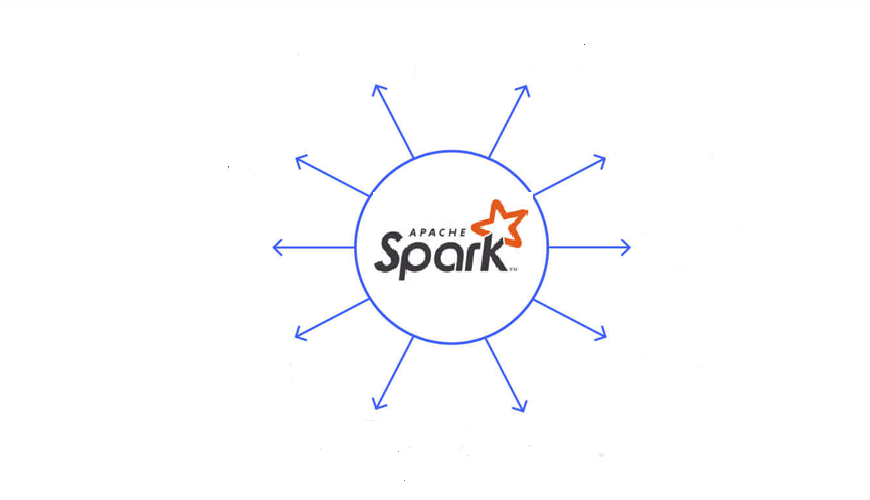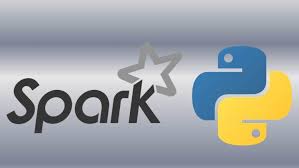
Introduction to Apache Spark
Apache Spark has emerged as a powerful and versatile open-source framework for big data processing and analytics. It provides fast and scalable data processing capabilities, making it a popular choice among data engineers and data scientists. In this blog post, we will explore the basics of Apache Spark, its benefits, and its role in modern data processing pipelines.
Spark for beginners
Understanding Apache Spark can be intimidating for beginners, but fear not! Spark's user-friendly APIs and intuitive architecture make it accessible to newcomers in the world of big data processing. Let's dive into the basics.
At its core, Apache Spark is a distributed computing system that enables processing and analyzing large datasets in parallel across a cluster of machines. It provides high-level APIs in popular programming languages like Java, Scala, and Python, making it easier for developers to write distributed data processing applications.
One of the key features that sets Spark apart from other big data processing frameworks is its in-memory computing capability. Unlike traditional frameworks that store intermediate data on disk, Spark keeps intermediate results in memory, dramatically improving overall performance and reducing the need for costly disk I/O operations.
Apache Spark offers a wide range of libraries and modules that cater to various data processing needs, such as batch processing, interactive queries, machine learning, and graph processing. These libraries, often referred to as Spark's "core components," provide ready-to-use functionalities and abstract away the complexities of distributed computing.
Apache Spark architecture
To understand Apache Spark's inner workings, let's explore its architecture. Spark follows a master-worker architecture known as the cluster computing model, where a single driver program coordinates the execution of tasks across multiple worker nodes.
The driver program, also known as the Spark Application, is responsible for orchestrating the execution and managing the distributed processing of tasks. It divides the workload into smaller tasks and schedules them on different worker nodes. The driver program communicates with the cluster manager, a system responsible for allocating resources and managing the worker nodes.
Worker nodes are individual machines within the Spark cluster that execute the assigned tasks. Each worker node runs a Spark Executor, which is responsible for launching and managing the execution of tasks on that specific node. The Executors communicate with the driver program, fetch the tasks, process the data, and return the results.
Spark leverages a distributed and fault-tolerant data storage system called Resilient Distributed Datasets (RDDs). RDDs are immutable distributed collections of data that can be processed in parallel across a cluster. They provide fault tolerance by keeping track of the lineage of transformations applied to the data, allowing for automatic recovery in case of failure.
Another crucial component of Spark's architecture is its use of directed acyclic graphs (DAGs) to optimize task execution. When Spark receives a data processing task, it creates a DAG of all the required transformations and actions. This DAG helps in optimizing the execution plan by performing lazy evaluation of computations and minimizing the data movements across the network.
By utilizing these architectural concepts, Spark efficiently distributes data and computations across the cluster, ensuring reliability, fault tolerance, and high-performance processing of large datasets.
In summary, Apache Spark's architecture comprises a driver program that coordinates task execution, worker nodes that execute individual tasks, RDDs for storing and processing data in a distributed manner, and DAGs for optimized execution plans. This architecture is designed to ensure efficient and scalable data processing for big data applications.
So, if you are a beginner looking to dive into big data processing or a seasoned data professional seeking a powerful and intuitive framework, Apache Spark is worth exploring. Its user-friendly APIs and fault-tolerant architecture make it a popular choice for a wide range of data processing use cases.

























